How we do creative marketing at Koala
I worked at Australian furniture startup Koala for 2 years.
It's experienced explosive growth on all fronts, so it was a real privilege to be a part of an outstanding team. These are some of the tactics we employed as we moved to create a internationally-known Australian lifestyle brand.
Koala (originally known as Koala Mattress) was started by Dany Milham and Mitch Taylor in 2015.
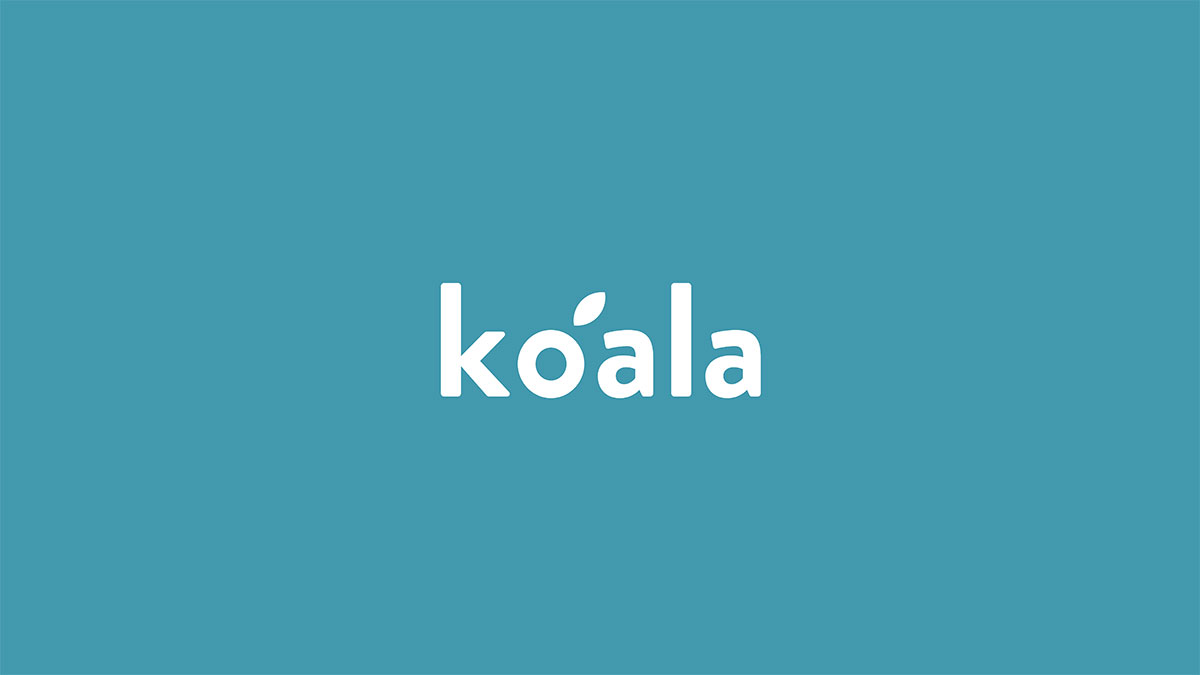
It began with a great bed-in-a-box product and paired it with a clear selling proposition – a direct-to-consumer model, and a best-in-country delivery experience.
With Dany's clean brand design, fun tone-of-voice and loveable approach to adopting real koalas, it has ambushed the furniture industry in Australia.
A lot has happened in two-and-a-half years.
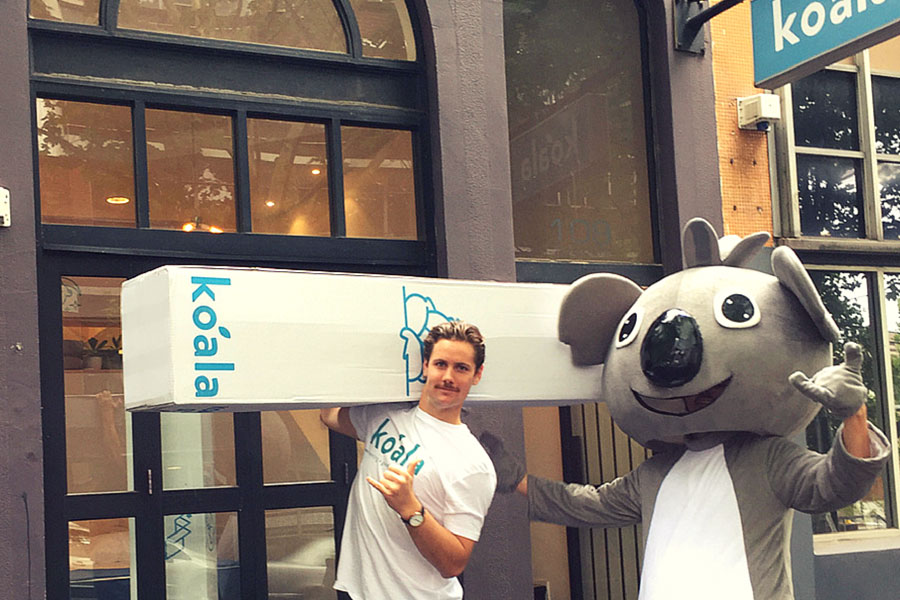
My crush on Koala
I first came in contact with the brand after seeing it on my Facebook feed, and driving past their Surry Hills office on my way to the gym. More research revealed articles like this, and I realised I was witnessing something special in its early stages, and just down the road.
Running out of cash on my 2017 sabbatical AKA the Summer of Code, I stumbled across a LinkedIn job ad for Koala, for a full-time Front-End Developer. Harbouring a bit of a crush on the brand, I fired off a cover letter but didn't think much of it, given I wanted to work at least 2 days a week on my own projects.
Within a couple of days, however, I met with Dany and his right hand man, Tim Doyle, in the new Darlinghurst office. Dany was from a computer engineering background so I quickly felt at ease, and Tim was a quick-talking and sharp Rugby League fan (which is something you don't see everyday). I was in.

I joined three days a week as developer and take some pressure off the design team, led by Matt Peters (actually... it was just Matt). They were pushing to production servers ghetto-style, without a Github safety net.
And my god, these guys were working fast. Everyone was a designer-developer-marketer, which made for a lethal combination.
Do it fast, do it in-house
The mentality at Koala was clear across all teams: from product to marketing to customer service – do it all in-house, do it fast, and do it better than anyone.
Within a few weeks I had been shifted off being Front-end Developer (cheers, Coach Milham) and became Koala's Creative Director of sorts, focusing on creating video, copy and photography, mainly for ads and the website.
Back in advertising, for my sins.
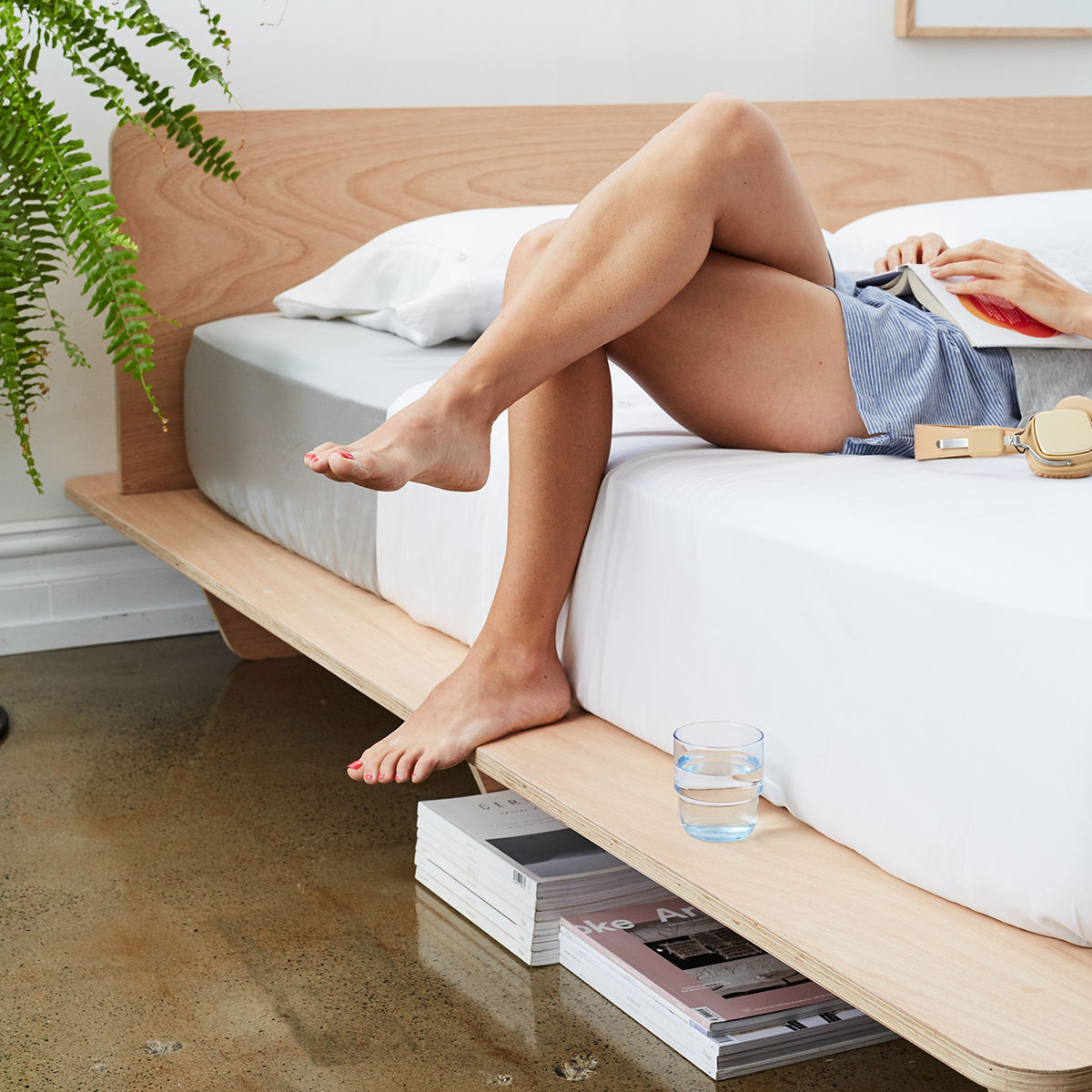
A technology company, at heart
Over the first few months, I was exposed to the finer points of the e-commerce the boys had built. Countless SaaS tools – Shopify, Klaviyo, Hotjar, just to name a few. It was obvious this was a technology business at its core.
There was a well-defined sales funnel, fed by engaging digital advertising (like the original wine glass video) and backed up with email marketing, Facebook retargeting and an extremely well-thought-out mattress product page (with more information and proof-points than was normal).

This article from Web Profits does a good job of touching on many areas of Koala's technological backbone. Without giving the game away, there are plenty more behind the scenes that aren't immediately obvious.
Post-purchase, Koala has focussed on amazing customer service. This drives all the 5-star reviews Koala gets from customers, which in turn raises social-proof and makes it easy for people to purchase a relatively big-ticket item online (and feel comfortable doing so).
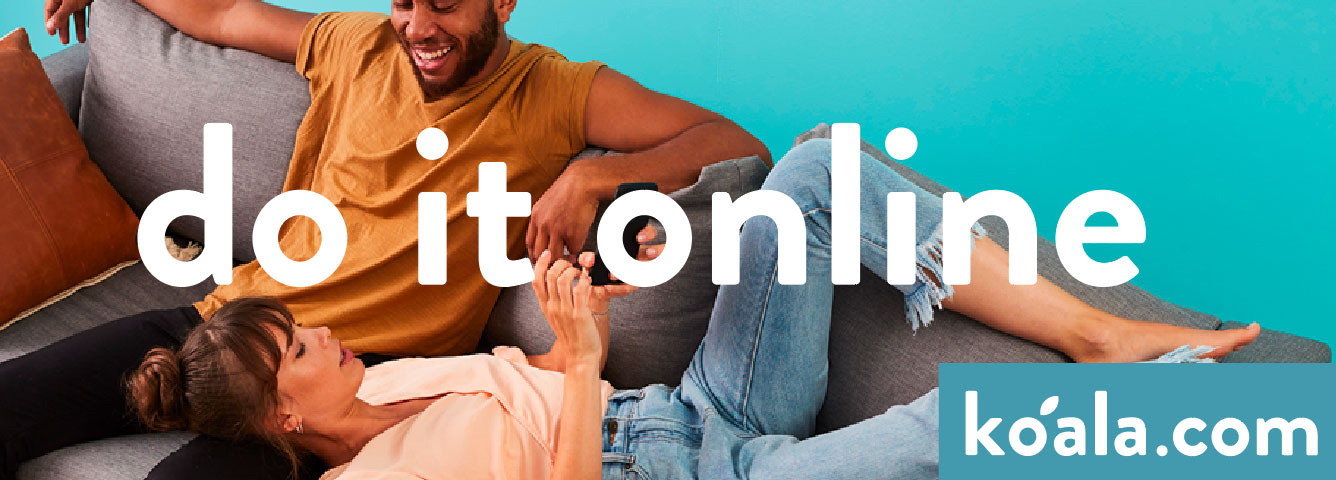
The direct-to-consumer approach you see from Koala, in which every part of the journey from media buying to creative to logistics to customer support is vertically integrated, is all enabled by technology.
Applying software principles to marketing
On the back of this tech culture, Koala's marketing department works in a similar way, with similar tools.
"Move fast and break things" is the go-to descriptor for the fearless mentality of big US software startups. We do the same, just with creative marketing.
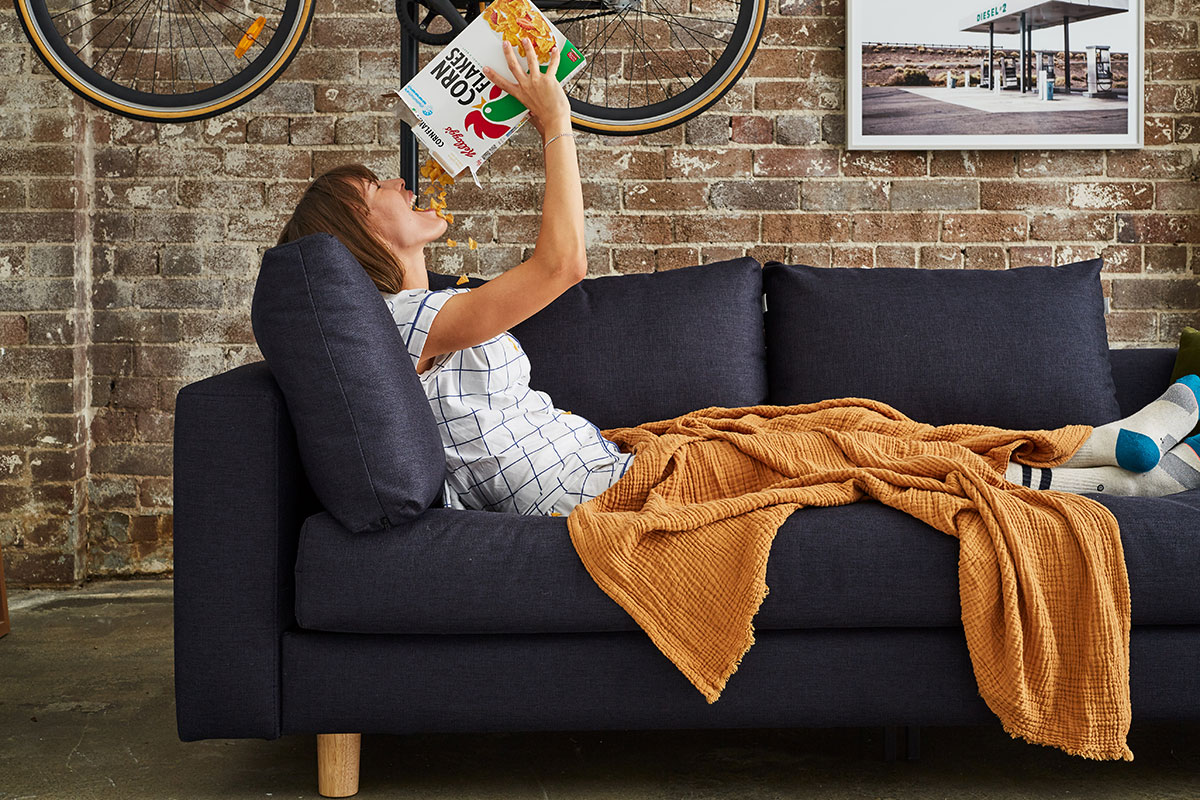
We 'move fast' because of our in-house workflow, and we 'break things' because we're not afraid to take risks in our marketing.
Here's the rub... we're not scared of 'breaking things' because we move fast. We can change tack, and move on from failures.
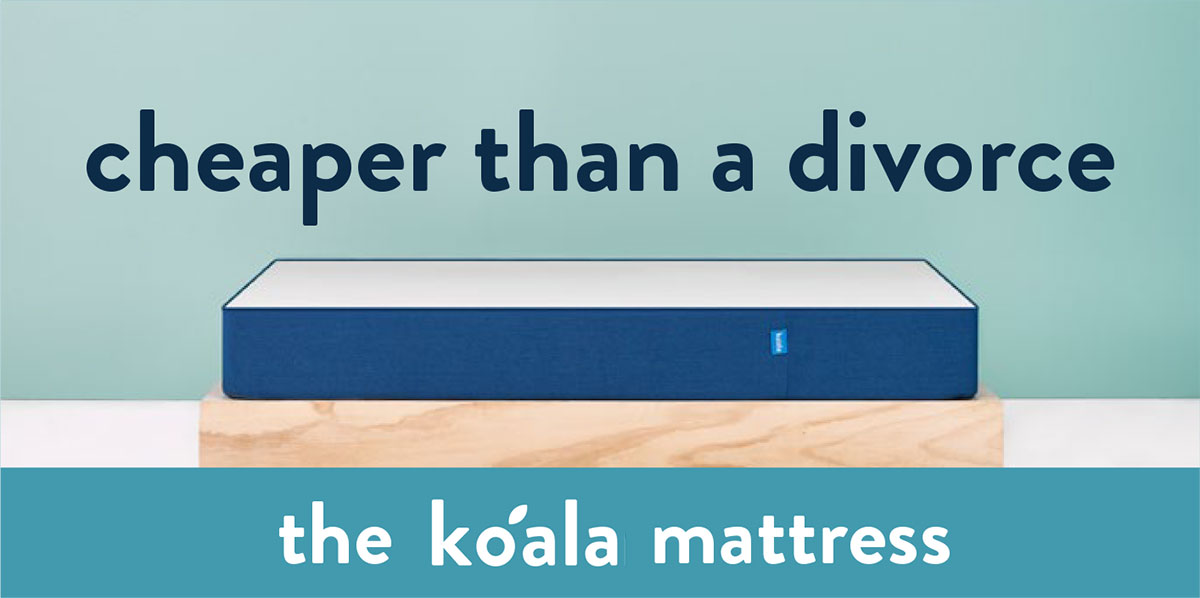
If every piece of content or activity is a gamble, we're constantly placing big and small bets, only because we 'move fast' and have less mental-pressure riding on these bets.
And few of those big bets pay off in the form of viral shares, press coverage or word-of-mouth. Then we keep doing it.

Assembling an internal creative team
At the time of writing this, Koala has grown to over 70 staff.
Our marketing department is vertically integrated to include creative, media buying, data and analytics. This means we can come up with an idea, execute it, post it, see if it worked, tweak it, repost it. Then we can buy more media if it works, or call it a failure and put it on ice.
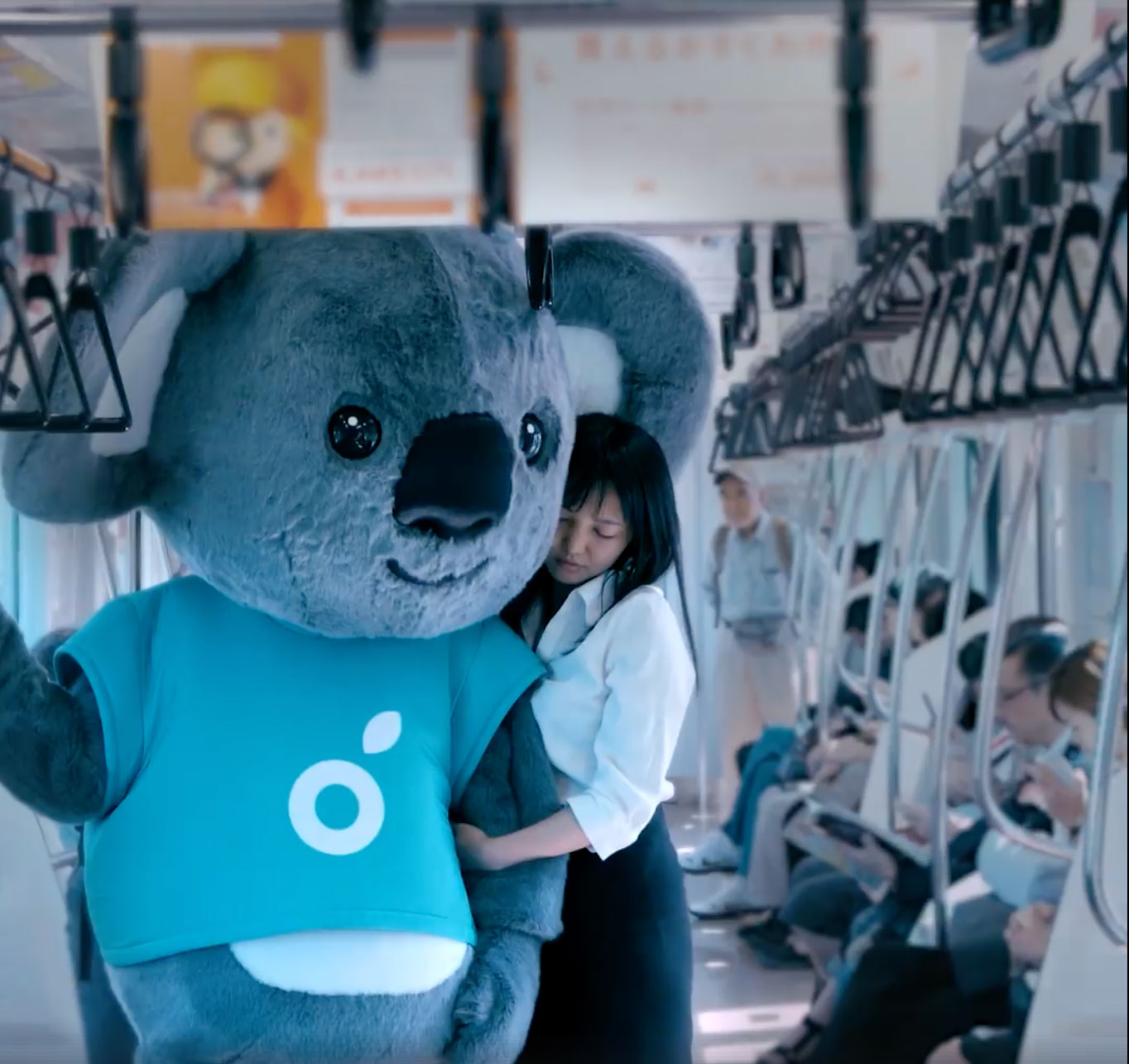
Our marketing engine is a hungry beast and its favourite meal is video content. Our velocity to deliver interesting video content at all parts of the sales funnel is paramount.
So rather than work with an agency and feed them projects, we have an internal creative team than has the ability to work like a production company and a traditional creative agency.
For reference, our creative team looks like this:
- 1 Creative Director
- 1 Creative Producer
- 1 Videographer / Photographer / Editor
- 1 Designer
Shooting stuff in the office
We recently brought on a producer and video shooter/editor full time, and we've invested in a good camera, portable lighting and good audio equipment so we can shoot at a moment's notice.
Stuff like this for our Instagram in Japan, which we did in stop-motion:
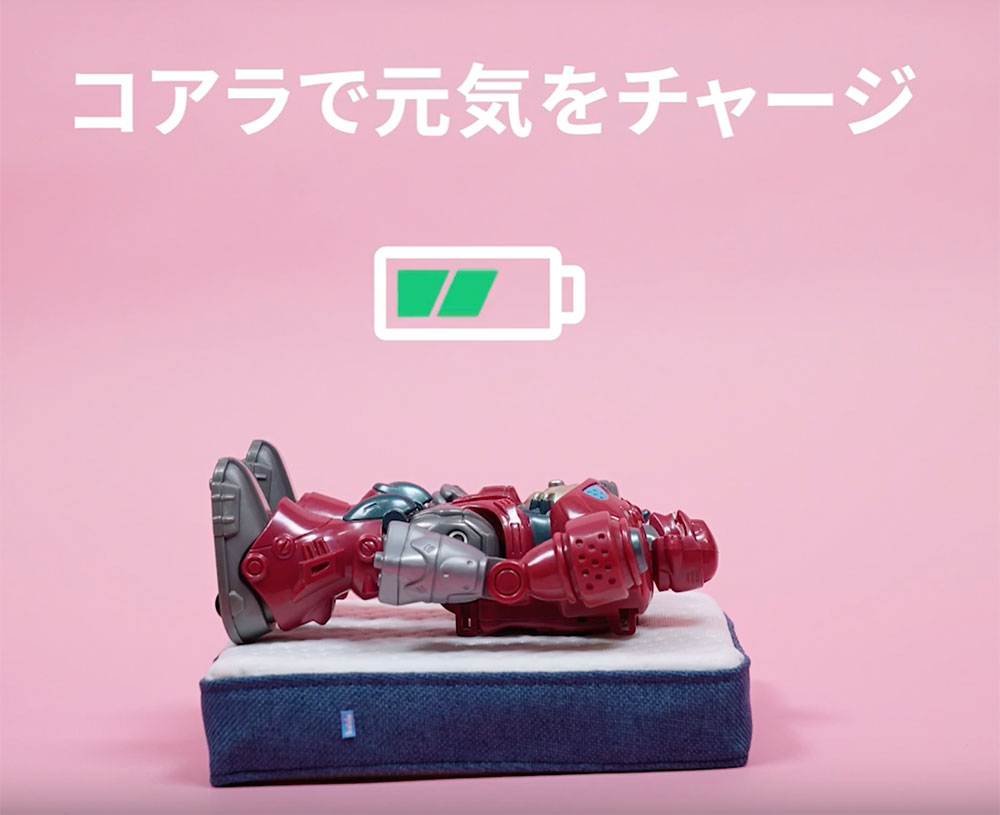
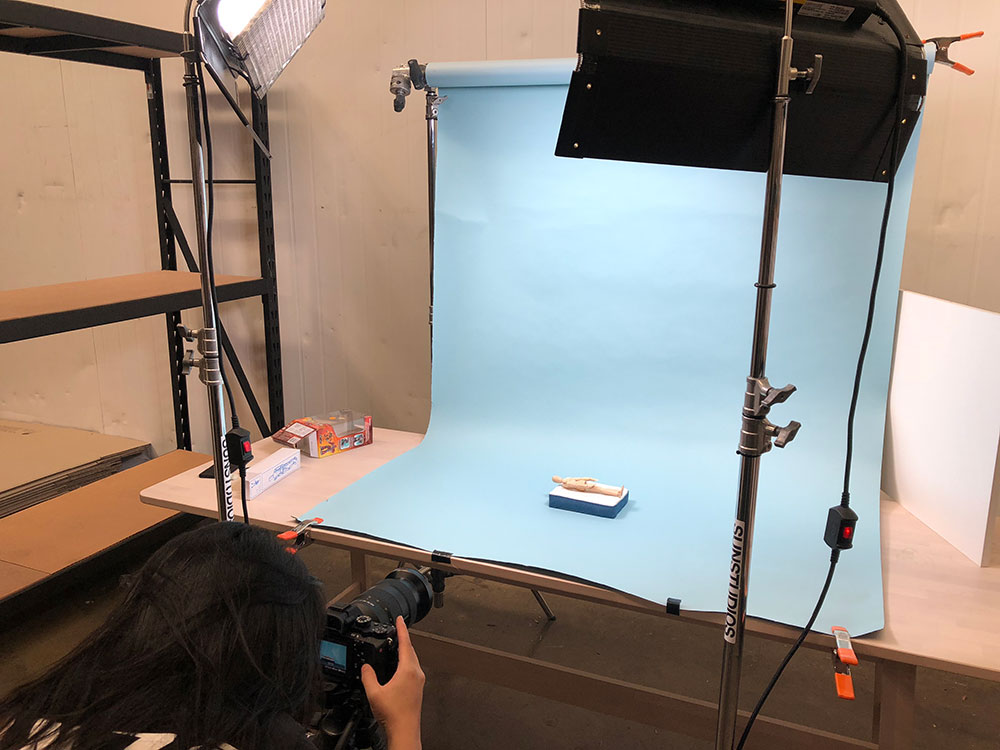
We can shoot stills, video and we've got paper rolls for the small stuff. We retouch in-house, too, because we've also got a designer in the creative team.
Sourcing ideas
There's an politically-correct ad agency cliche that says "ideas can come from anywhere". Lots of creatives shake their heads, but I've found it to be correct at Koala. Our campaign ideas have come from lots of parts of the business. It's simply up to our team to decide whether it's worth pursuing.
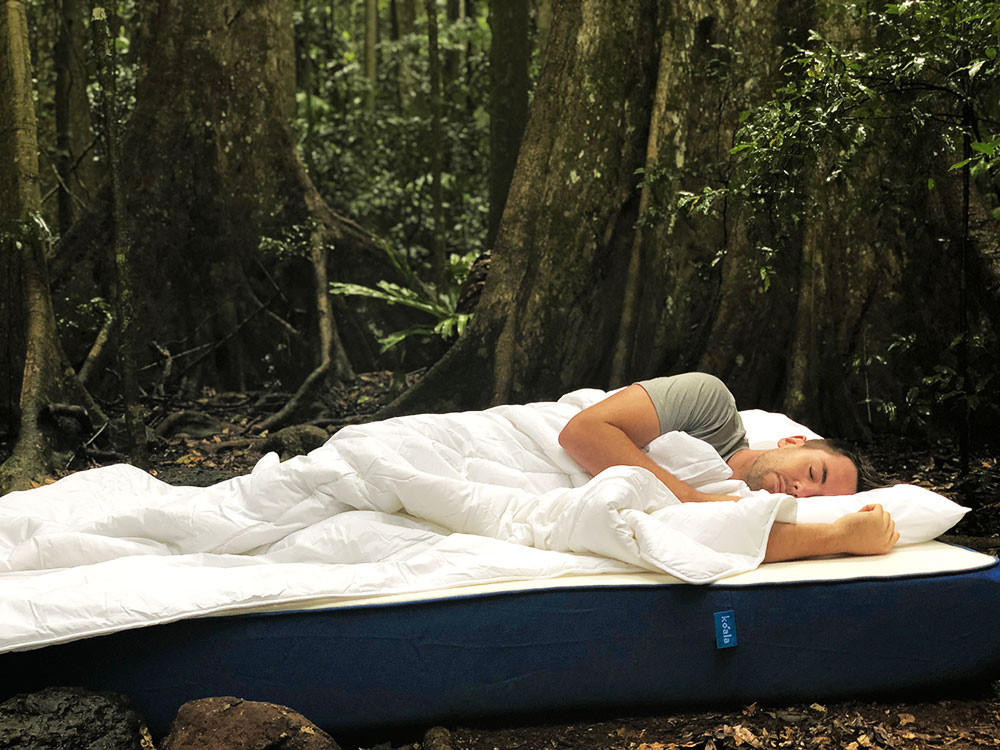
We use the ICE scoring system to sense-check it, and then prioritise it in our sprints on Trello. Our line-of-sight of what we're executing and delivering extends from a week out, on small things, to several months, for big media buys or product launches.
The trick for using production companies
We use production companies for more complex shoots, when we need a experienced crew and directors/photographers (and a more polished end-result).
The trick is... we don't usually get them to deliver the final edit or selects.
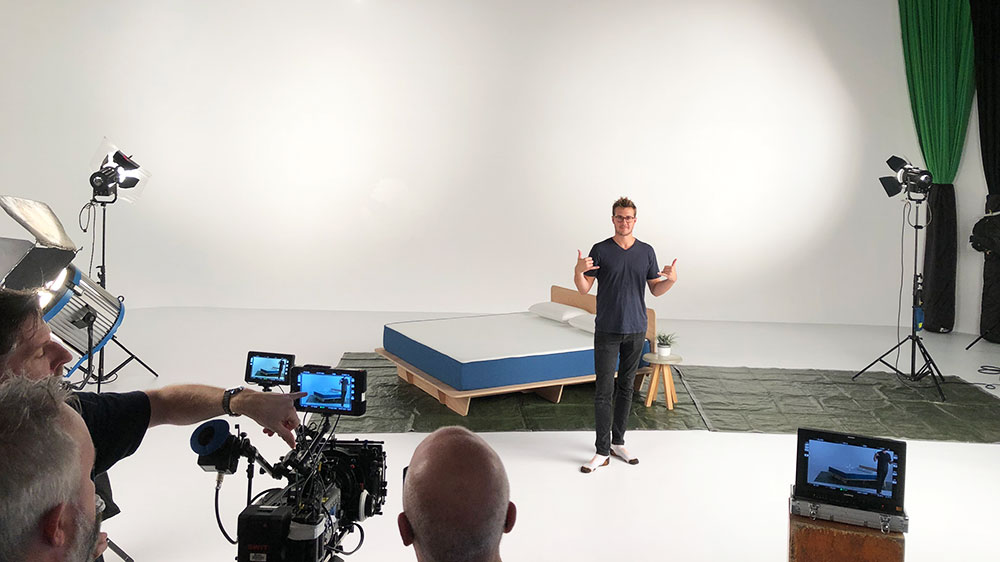
Instead, we get everything they shot on a hard drive, and edit it and retouch ourselves. This gives us great flexibility and we can test and tweak to our hearts' content.
Using data to get creative insights
The main problem with the normal client-agency relationship is the lack of ability to share data on the success and failure of creative.
This is due to organisational barriers, contracts that end when the final edit is delivered and an us-vs-them mentality that permeates everything.
By doing it in house, we get access to qualitative data: sales, site traffic, video view-through, shares etc. We also get a bit of qualitative data (mainly comments from Facebook) that can help us see if our creative is working, and adjust it if required.
Radio advertising: how to stand out
Of-course, our 'in-house or bust' directive extended to writing advertising, which fell on my shoulders. It's a dangerous thing to be able to write and approve your own ads (and bloody great feeling, might I add).
How to stand out the wrong way
My first radio ad for Koala made a statement quite a statement.. and resulted in a great number of complaints. I managed to offend a sizeable and vocal group of Christians with the 2017 Easter Sale ad. They took notice, I felt bad. Ad got pulled. Oh well, at least they were listening.
A great principle from advertising great John Hegarty that's always stuck with me is the slogan for his agency BBH: "when the world zigs, zag".
If you listen to radio, just about every ad sounds the same. The big, salesy voice talent, the speed of talking, the wall-to-wall sound effects. It's like they're so worried all the listeners are getting bored, so they make them sounds like a Michael Bay movie. In reality, this means they just fade into one-another and people tune out. Everyone is zigging.
How to stand out the right way
We decided early that our radio should sound like we've done it in-house, too. No background music, and lots of negative space (and awkward space) in between words. A strong, random start to the ad. All designed to wake listeners from their slumber.
We delivered a very clear message in the back third and do it with a strong and trustworthy Aussie accent (we got actor Rhys Muldoon, instead of voice talent), designed to sound a bit old-school. A brand called Koala has to celebrate Aussie culture, surely?
It's all working quite well, and we're getting great returns on radio.
The art of the live-read
There's always a cheap cut of meat that's great value. Now that they're in-fashion, beef brisket and flathead fillets cost an arm and a leg.
But there's always a cheap cut there that's out-of-vogue and just crying out for a rebirth (silverside, anyone)?
For us, that's the live-read. We've had amazing results by giving both AM and FM radio talent an interesting starting point, and letting them run wild. This is enabled by our normal 30 second ads also being fun in the first place, so the talent is aware we're prepared to push the bourdaries a bit.
Here's Kyle and Jackie O from Sydney radio station KIIS with a 2 minute live-read. We paid for 30 seconds, and people were actually listening.
Fun with billboards
The strength of Koala's online advertising engine means that we use offline media in a support role (rather than the other way around, as most marketing departments do).
Our billboards, aren't designed to tell people everything about our brand and drive a sale. They're designed to be a bit of fun, to raise notoriety and then to be used on Facebook and through PR to a much greater audience than those who would see the billboard.
De Koala
We started with a pisstake of the De Rucci billboards, which for us represented what was worst about the dodgy sales techniques of the mattress industry. And they're everywhere in Australia.
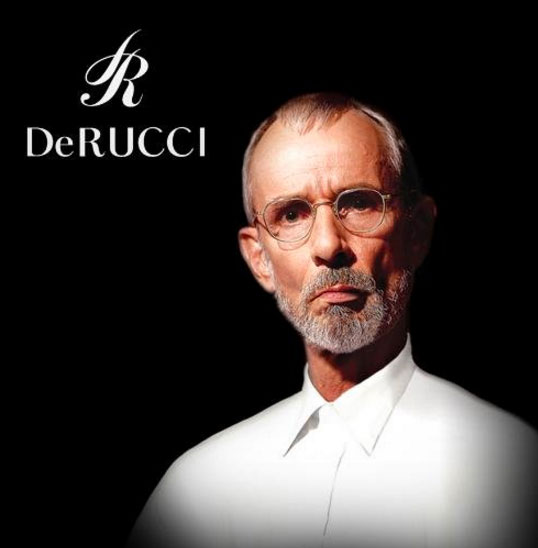
We quickly shot a photo of our Kiwi product manager Demetre in the warehouse and got a cheap billboard near Sydney airport. We took a few photos, shared with media publications and it got picked up.

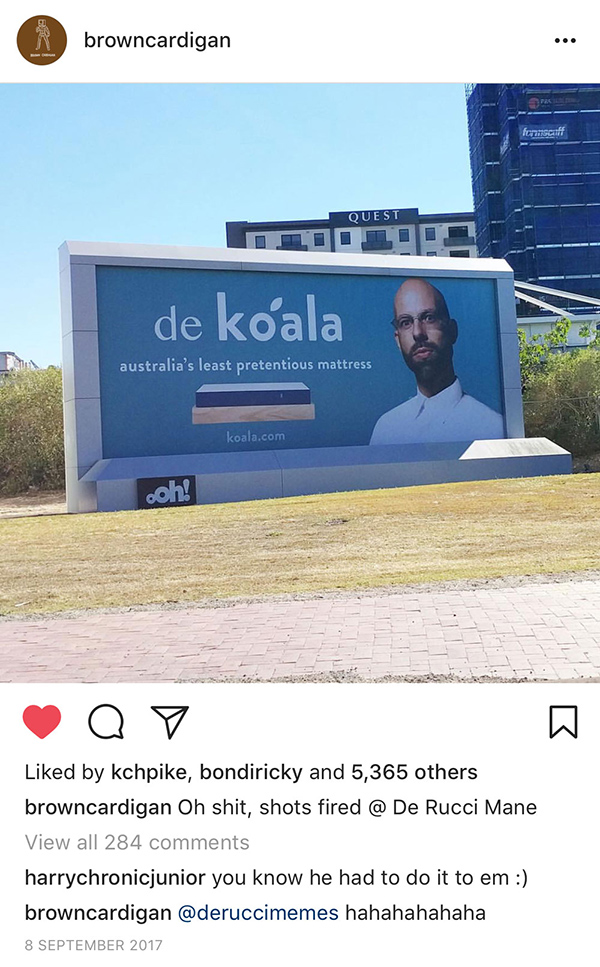
Longer Lasting Sleep
Recently, we decided to take inspiration from the old 'Longer Lasting Sex' campaigns from the 90s and deliver a simple message about sleep. There's nothing much original about it, but we post it on Facebook and it got 13,000 likes and a couple of hundred shares.

IKEA billboard(s)
As the Koala product range grows, we decided to draw attention to the frustrating experience of bigger, older competitors. It's a pretty classic tactic move that lots of marketers have forgotten about.
Don't get us wrong, we love IKEA, and they've paved the way for us in lots of ways. But there are areas we think we beat them, including assembly.
So we put up this billboard a stone's throw from IKEA in Sydney.
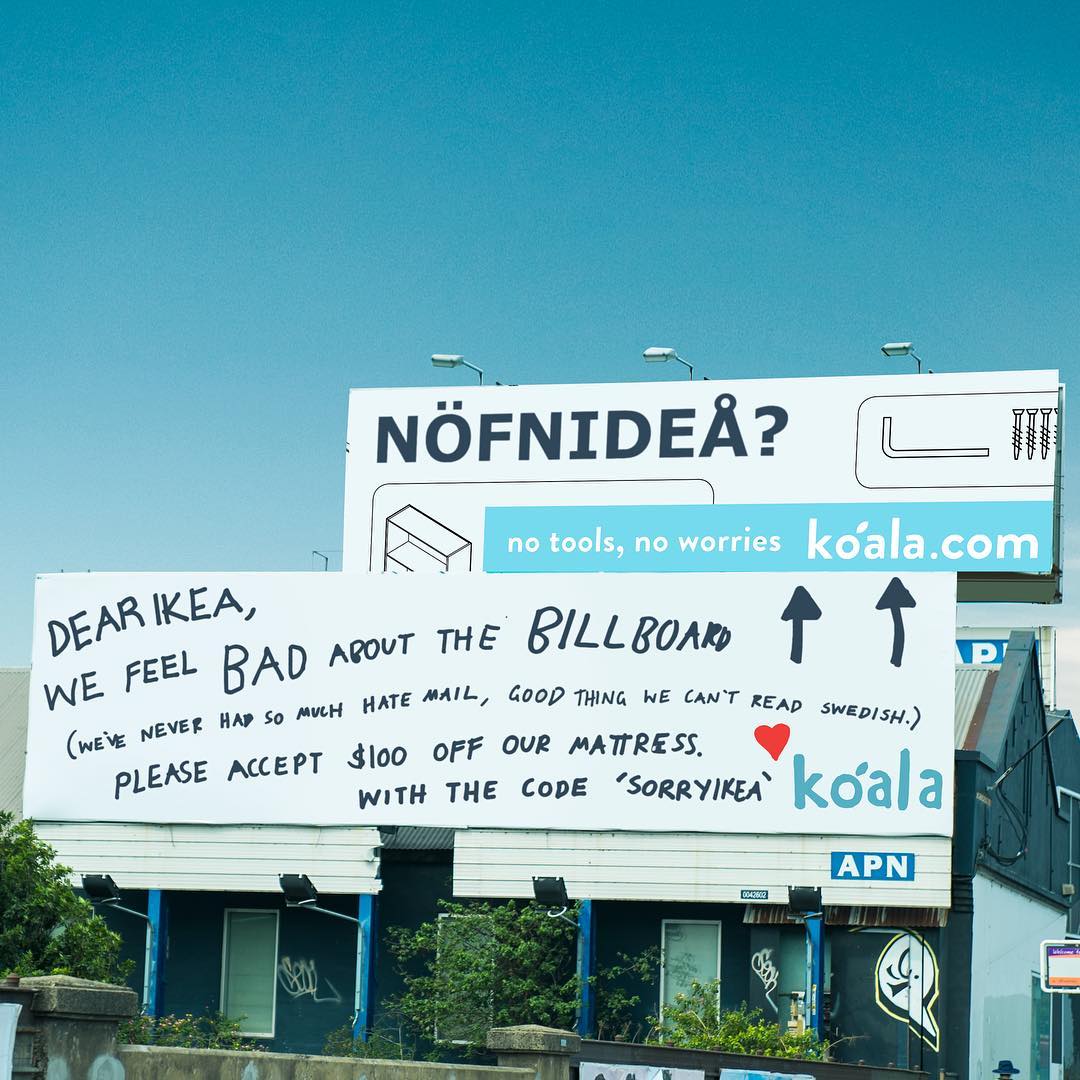
TV Coverage of the billboards
Update, August 2018: we got a bit of love from breakfast TV of our billboards.
Video hits (and misses)
Here are some of the examples of videos we've produced in-house (and with production partners) and how they challenge the idea of what today's creative should function like.
The video that took 5 goes to get right
A great example of this was our 'Koalas on a Mattress' idea. It was as simple as it gets – some might say there's no idea. It's a cute koala playing around on a mattress and pile of pillows (shot by viral master Richard Hughes).
We thought: viral jackpot. The truth, much to our dissapointment, was that the video didn't strike any chord with people on Facebook (and wouldn't grab people until its forth iteration). Later again, it found a home on TV.
The video that worked on YouTube, but not on Facebook
When we launched Japan, we went all out on a edit (shot by the awesome Jay Grant) that didn't go all that well on Facebook. Too slow.
But it worked on YouTube as a TrueView pre-roll, where people are used to watching slightly longer format video.
The video that we targeted at a niche audience
Racing fans aren't prime candidates to be Koala fans, but we had a cool idea to promote our Sofa's 4-minute assembly. Then we went hard targeting Australian racing fans, who loved it. Then we widened the net to the rest of Australia once it had plenty of likes and shares.
The video that was silly enough to work
This video starring top Australian finless surfers Raf and Ari Browne was a crazy idea from founder Mitch Taylor, and it proved to come together very nicely on a weekend up at Byron. We didn't care if it worked or didn't because we were having fun making it. In hindsight that's a good mentality to have, because it really takes the pressure off.
The 3 minute YouTube pre-roll
I always wanted us to crack a watchable, non-skippable YouTube pre-roll that had cheap view-through, but a huge impact on brand love. This one, unlike quick-and-dirty Facebook stuff, took months to write and rewrite, but we got there. This had a huge impact on revenue, and the average view-through sits will above 2 minutes.